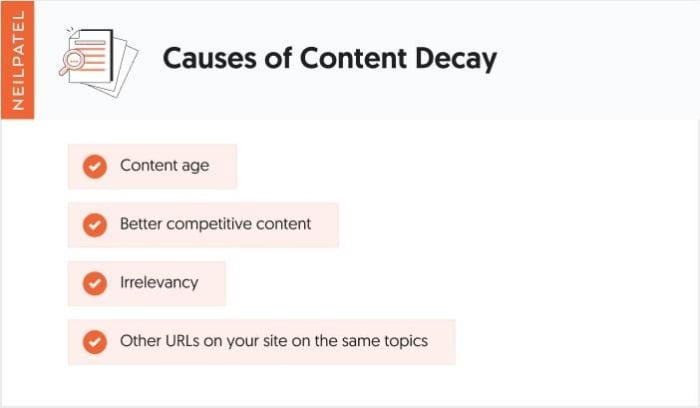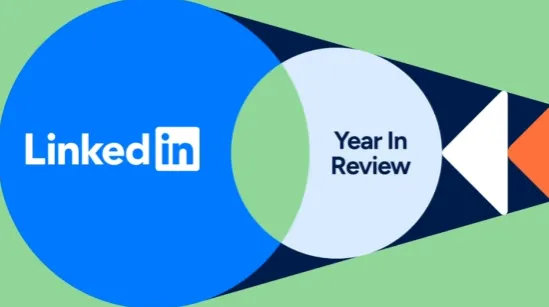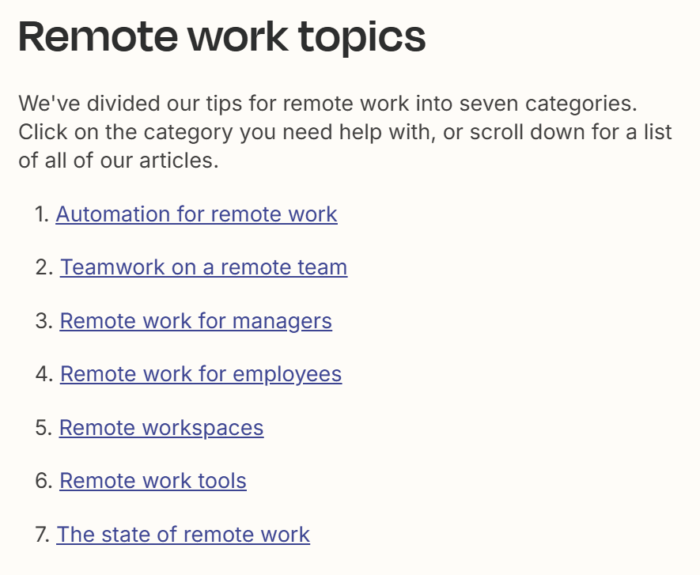What Are The Alternatives For Users If TikTok Is Banned? via @sejournal, @gregjarboe
Explore the alternative options to TikTok amid recent legal battles. Discover alternative platforms like Instagram and YouTube. The post What Are The Alternatives For Users If TikTok Is Banned? appeared first on Search Engine Journal.

TikTok has seen a considerable amount of drama recently.
The Supreme Court upheld a federal law banning TikTok unless its Chinese parent company sells it.
U.S. President Donald Trump has given a 90-day reprieve for the popular video platform to allow them time to explore a solution to remain in the U.S.
This has prompted what can only be described as an “emergency situation” for American TikTok creators, who started downloading their content in case it became unavailable.
Meanwhile, TikTokers and advertisers in the country are asking, “What are the alternatives?”
While TikTok worked to remain operational, many users were left in limbo, with some finding alternative platforms like Instagram and YouTube.
What Are The Alternative Platforms For TikTok Users?
While losing 170 million users in the United States would be a substantial blow, it wouldn’t be TikTok’s most devastating setback.
In 2020, India, which boasted 200 million TikTok users at the time, banned the platform entirely.
Nevertheless, the prospect of a ban on TikTok in the U.S. has left many users seeking alternative platforms for short-form video content. Several options exist, each with its own unique features and strengths.
YouTube Shorts, a direct competitor to TikTok, offers a similar format with short, vertically-oriented videos and a focus on entertainment and trending content. As of July 2024, there were approximately 238 million YouTube users in the United States, and an estimated 164.5 million Americans watched YouTube Shorts. Instagram Reels, integrated into the popular photo-sharing platform, provides a strong alternative with robust editing tools and the ability to leverage existing Instagram followings. As of January 2024, there were over 169 million Instagram users in the United States. Snapchat Spotlight, another contender, emphasizes user-generated content and offers a reward system for creators. LinkedIn is actively seeking to capitalize on the growing demand for short-form video advertising. Triller and Twitch offer unique features for those seeking a more niche experience. Triller focuses on music and entertainment, while Twitch is primarily known for live streaming, though it has expanded to include shorter, more casual video content.Ultimately, the best alternative for a former TikTok user will depend on their individual preferences and the type of content they enjoy creating and consuming.
What Can TikTokers Who Were Making Money Do About The Loss Of Revenue?
The TikTok ban presents a significant financial challenge for many creators.
TikTok estimates that a potential ban could result in a significant financial loss for small businesses, with revenue losses exceeding $1 billion in the first month. This potential loss underscores the significant economic impact TikTok has on businesses.
Creators who heavily rely on TikTok as their primary source of income face a period of financial uncertainty.
Although alternative platforms like Instagram Reels and YouTube Shorts exist, creators emphasize that these platforms lack the unique engagement dynamics that have made TikTok so successful.
TikTok Shop’s unique approach to integrating social and commerce features may prove challenging for competitors to effectively emulate.
This highlights the potential challenges creators may face in transitioning to alternative platforms and maintaining their income streams.
To mitigate revenue losses, TikTokers can explore various strategies. Diversifying income streams is crucial.
This could involve exploring brand deals and sponsorships on other platforms, launching merchandise lines, creating exclusive content for paying subscribers on platforms like Patreon or OnlyFans, or offering online courses or workshops related to their skills or expertise.
Building an independent audience outside of TikTok is essential.
Creators can leverage their existing audience to direct them to other platforms like YouTube, Instagram, or their own websites.
Building an email list can also be valuable for direct communication and promoting other ventures.
Businesses are prioritizing the creation and growth of email lists and customer databases to facilitate direct communication with their target audience.
Entrepreneurs are proactively downloading and archiving their TikTok content to enable its reuse and repurposing across various other platforms.
Finally, adaptation is crucial. Creators can explore new content formats, experiment with different platforms, and stay informed about emerging trends to maintain relevance and attract new audiences.
It is important to remember that navigating this transition will require flexibility, creativity, and a willingness to adapt.
It’s Unclear If TikTok’s Advertisers Will Return
In 2024, TikTok was projected to generate a substantial $15.53 billion in U.S. ad revenues, capturing a significant 15.1% share of all U.S. social network advertising spending.
The company asserts that a one-month ban could potentially inflict a substantial financial blow, resulting in a loss of up to 29% of its global ad revenue target for the year.
To mitigate the potential impact of a looming ban, TikTok has assured advertisers that they will receive full refunds for any ad spending if the app is indeed banned.
This move is strategically aimed at preventing a mass exodus of advertising budgets and maintaining advertiser trust in the platform.
Despite the uncertainty surrounding the potential ban, TikTok ad sales representatives have been actively encouraging brands to increase their 2025 advertising budgets by up to 40%.
This aggressive approach signals the platform’s commitment to preserving its relationships with advertisers and maintaining its position in the digital advertising landscape.
The recent departure of Sameer Singh, TikTok’s North American ad chief, has added another layer of concern for advertisers who are already navigating the potential disruption caused by the ban.
In anticipation of a potential ban, major advertisers have developed contingency plans to redirect their advertising budgets to alternative platforms such as Instagram Reels, YouTube Shorts, and Snapchat.
This proactive approach demonstrates the level of uncertainty and the need for advertisers to adapt quickly in the face of potential regulatory changes.
The Closure Of Vine Is A Stark Reminder For TikTokers To Be Prepared
It is worth remembering that the closure of Vine in 2016 had a significant impact on both creators and users.
For creators, it presented a major challenge. Many had built substantial followings on the platform and relied on it as a source of income.
Transitioning to other platforms like YouTube or Instagram was not always seamless. Some creators successfully maintained their audience and continued to thrive, while others struggled to replicate their previous success.
The loss of Vine also disrupted potential revenue streams for creators who had been exploring monetization opportunities within the app.
For users, the loss of Vine meant the disappearance of a unique and beloved platform for short-form video content.
Vine’s distinctive aesthetic and the creative community that flourished within it were deeply cherished by many.
The sudden closure left a void in the social media landscape and a sense of nostalgia for the platform’s unique cultural impact.
The closure of Vine served as a stark reminder of the ephemeral nature of social media platforms and the importance of creators diversifying their online presence.
More Resources:
How To Get More Followers On Instagram: 24 Tips To Try New YouTube Shorts Ad Opportunities For Brands Social Media Marketing: A Complete Strategy GuideFeatured Image: MAYA LAB/Shutterstock

 BigThink
BigThink 









![Local SEO: How To Make More Customers Click, Choose & Walk Through Your Doors [Webinar] via @sejournal, @hethr_campbell](https://www.searchenginejournal.com/wp-content/uploads/2025/04/featured-596.png)




















